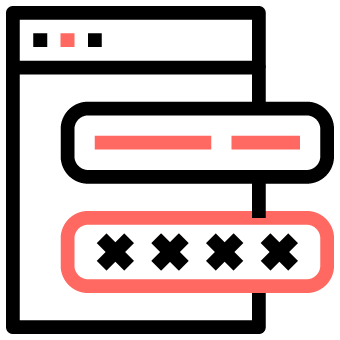
Migrating a Large-Scale Technology to AWS: Achieving Success in Transitioning from a Different Cloud Platform
This migration will not just improve the Customer’s cloud infrastructure but also empower them with advanced security and optimized performance.








